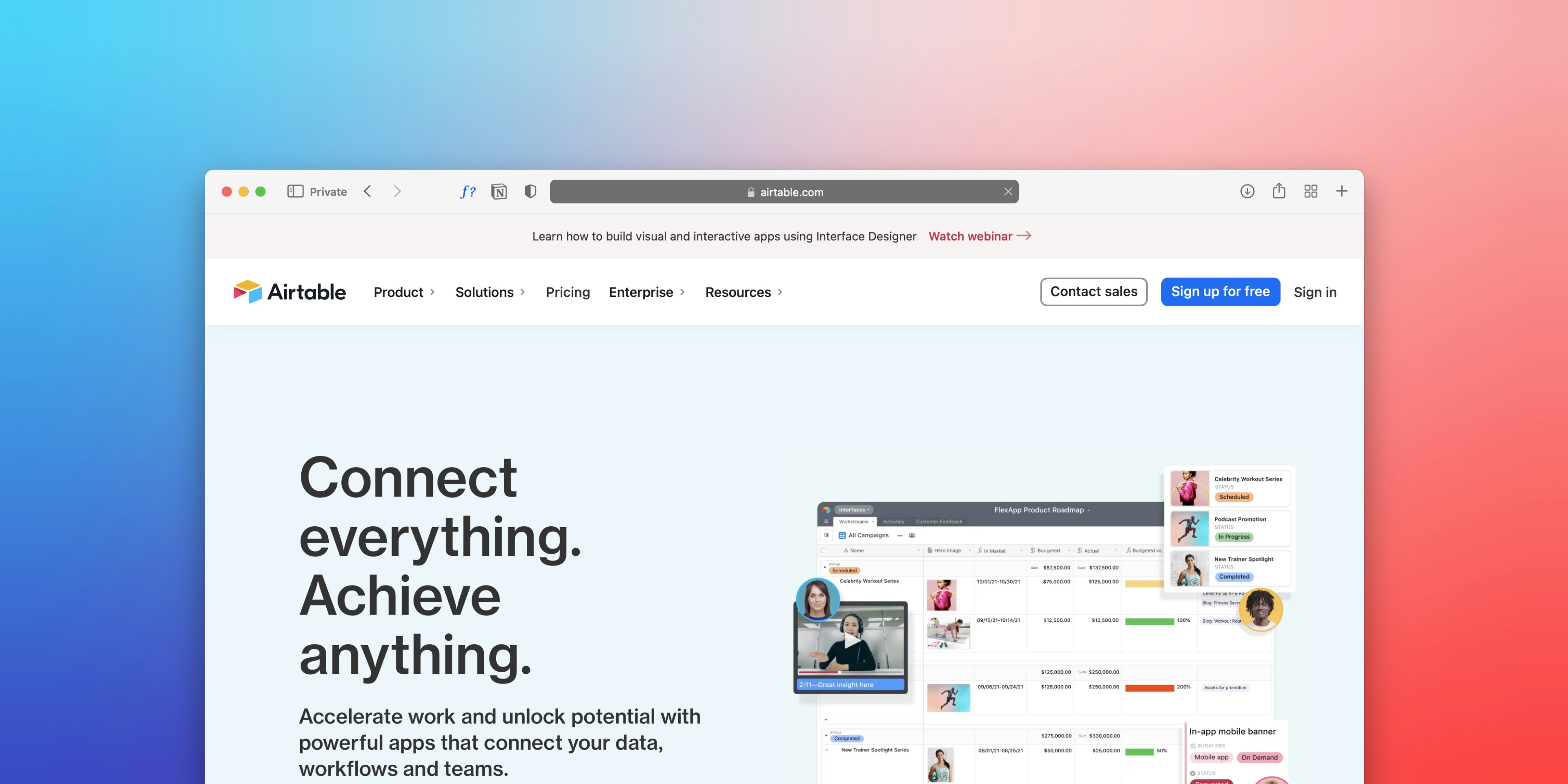-p-2000.png)


How to Write Compelling Ad Copy That Sells!

In marketing, there is an important rule of selling the sizzle, not the steak. Your ad copy is the sizzle. To write good copy, you need to be mindful of what you are trying to sell.
In advertising, the copy takes center stage when you’re trying to market your service or product. An ad copy is supposed to convince your buyer to further their process.
But what makes for a compelling ad copy that actually converts?
In this article, we'll share some killer tips for writing ad copy that packs a punch and gets results.
What is an Ad Copy?
Ad copy is content that encourages the reader to take an action. It is content with a purpose and helps brands drive leads and sales.

Ad copies invoke an emotional response, trigger curiosity and communicate brand value. They get placed on product packaging, billboards, digital ads and even social media content.
11 Top Tips to Write Compelling and Effective Ad Copy
The purpose of an ad copy is to make a strong statement about your product or service. Ad copies may represent different objectives including emotional response, aggressive marketing, communicating value, or brand mission.
Here are some top tips that can help you write a compelling ad copy:
1. Define the goal
Every ad copy serves a purpose. Understand the main objective of the ad copy before you begin your process to write it. Learning more about the advertising objective will help shape your ad copy to drive results.
2. Research
The first and foremost part you should be focusing on while writing the copy is to research your brand/ product. Every product or brand has a hook. As a copywriter, you're bound to find that hook and analyze how you can convert that into ad copy.
3. Edit your copies
As a writer, everything you write will be very close to your heart, but this is where you should bring out the inner editor. Learn to get past the first few ideas to get that perfect copy. The first five ideas you have are the conditioning of several previous works you've seen, but it takes a few tries to get to the perfect ad copy. Write and revise till you've found something unique.
4. Know your platform
Where are you going to publish this copy?
Is it going to be on Instagram? Facebook? or is it going to be on a billboard?


For each one of these versions, it's important to modify your copy and write it differently. As a copywriter, you should know what each of these platforms demands. Understand the language, tone, and USP of the platform where your ad copy may appear.
5. Understand the audience
Build a target audience persona to help you write for the right audience. Understanding the pain points of your audience and addressing them in your ad copy can do wonders for the brand. Understanding the audience also helps you build character in your ad copy and make it more empathetic or relatable.
6. Use keywords
Keywords are a very crucial thing in the world of advertising, you need to research what kind of words you need to use for certain brands. Be mindful of using these keywords to strengthen your copy.
7. Make it bold
In the world of advertising, the ad copy is the first impression. As a copywriter, your main focus should be to make a statement. Use the insights from your research to write a copy that grabs the reader’s attention, makes an impression, and taps into their psyche.
8. Make it meaningful
The ad copies for any brand must have a takeaway for the audience. It must make them curious, instigate an emotion or lead them to take an action. Adding value through the ad copy helps make the brand memorable and improves the audience experience.
A compelling ad copy addresses audiences’ problems using humor, anger, sadness, or any emotion.
Evaluate your copy several times to ensure that the copy is inclusive and not insensitive to any community.
9. Avoid using clickbait
Avoid exaggerating, amplifying, or simply making it look larger than it is. These methods can create a negative emotion in your readers and are unethical. Clickbait-driven copies tend to make promises that brands cannot fulfil and may cause legal trouble.
10. Highlight the benefits
Many writers make the mistake of writing copy focusing on the features and not the benefits. It's always better to state what solution a service or product gives rather than saying what features it has. The audience has a short attention span, and speaking about the different ways in which a product or a service can benefit them will help achieve advertising goals.
11. Add a CTA
The call to action is a very integral part of the copy. It urges the audience to take action and helps brands meet their advertising objective. The CTA needs to be concisely motivating for the audience to take action. CTA can range in many forms, including "shop now", "join us", "get started", "get a quote" and more.
Examples of Ad Copy
Whether you're looking for inspiration for your own ads or just want to see a few ad copy examples, check out this amazing resource from Wordstream. You'll find some great examples of ad copy that you can use for inspiration the next time you're thinking of writing an ad.
Conclusion
A good ad copy requires thorough research and an understanding of the brand and its target audience.
With decreasing attention spans, an ad copy must resonate with the audience from the very beginning. It should be compelling, interesting and persuasive in order to convert readers into customers. An excellent way to achieve this is by using strong and persuasive language, as well as including a call to action.
By following the tips mentioned above, you can create high converting ad copy that will get you better results from your campaign and increase your return on investment.
Looking for copywriting experts to write copy that sells? Contact us today!
About Seattle New Media
We're a leading digital marketing agency that help businesses grow online by creating and executing digital marketing campaigns that drive results.

FAQ
Editorial Team
Publisher
In marketing, there is an important rule of selling the sizzle, not the steak. Your ad copy is the sizzle. To write good copy, you need to be mindful of what you are trying to sell.
In advertising, the copy takes center stage when you’re trying to market your service or product. An ad copy is supposed to convince your buyer to further their process.
But what makes for a compelling ad copy that actually converts?
In this article, we'll share some killer tips for writing ad copy that packs a punch and gets results.
What is an Ad Copy?
Ad copy is content that encourages the reader to take an action. It is content with a purpose and helps brands drive leads and sales.

Ad copies invoke an emotional response, trigger curiosity and communicate brand value. They get placed on product packaging, billboards, digital ads and even social media content.
11 Top Tips to Write Compelling and Effective Ad Copy
The purpose of an ad copy is to make a strong statement about your product or service. Ad copies may represent different objectives including emotional response, aggressive marketing, communicating value, or brand mission.
Here are some top tips that can help you write a compelling ad copy:
1. Define the goal
Every ad copy serves a purpose. Understand the main objective of the ad copy before you begin your process to write it. Learning more about the advertising objective will help shape your ad copy to drive results.
2. Research
The first and foremost part you should be focusing on while writing the copy is to research your brand/ product. Every product or brand has a hook. As a copywriter, you're bound to find that hook and analyze how you can convert that into ad copy.
3. Edit your copies
As a writer, everything you write will be very close to your heart, but this is where you should bring out the inner editor. Learn to get past the first few ideas to get that perfect copy. The first five ideas you have are the conditioning of several previous works you've seen, but it takes a few tries to get to the perfect ad copy. Write and revise till you've found something unique.
4. Know your platform
Where are you going to publish this copy?
Is it going to be on Instagram? Facebook? or is it going to be on a billboard?


For each one of these versions, it's important to modify your copy and write it differently. As a copywriter, you should know what each of these platforms demands. Understand the language, tone, and USP of the platform where your ad copy may appear.
5. Understand the audience
Build a target audience persona to help you write for the right audience. Understanding the pain points of your audience and addressing them in your ad copy can do wonders for the brand. Understanding the audience also helps you build character in your ad copy and make it more empathetic or relatable.
6. Use keywords
Keywords are a very crucial thing in the world of advertising, you need to research what kind of words you need to use for certain brands. Be mindful of using these keywords to strengthen your copy.
7. Make it bold
In the world of advertising, the ad copy is the first impression. As a copywriter, your main focus should be to make a statement. Use the insights from your research to write a copy that grabs the reader’s attention, makes an impression, and taps into their psyche.
8. Make it meaningful
The ad copies for any brand must have a takeaway for the audience. It must make them curious, instigate an emotion or lead them to take an action. Adding value through the ad copy helps make the brand memorable and improves the audience experience.
A compelling ad copy addresses audiences’ problems using humor, anger, sadness, or any emotion.
Evaluate your copy several times to ensure that the copy is inclusive and not insensitive to any community.
9. Avoid using clickbait
Avoid exaggerating, amplifying, or simply making it look larger than it is. These methods can create a negative emotion in your readers and are unethical. Clickbait-driven copies tend to make promises that brands cannot fulfil and may cause legal trouble.
10. Highlight the benefits
Many writers make the mistake of writing copy focusing on the features and not the benefits. It's always better to state what solution a service or product gives rather than saying what features it has. The audience has a short attention span, and speaking about the different ways in which a product or a service can benefit them will help achieve advertising goals.
11. Add a CTA
The call to action is a very integral part of the copy. It urges the audience to take action and helps brands meet their advertising objective. The CTA needs to be concisely motivating for the audience to take action. CTA can range in many forms, including "shop now", "join us", "get started", "get a quote" and more.
Examples of Ad Copy
Whether you're looking for inspiration for your own ads or just want to see a few ad copy examples, check out this amazing resource from Wordstream. You'll find some great examples of ad copy that you can use for inspiration the next time you're thinking of writing an ad.
Conclusion
A good ad copy requires thorough research and an understanding of the brand and its target audience.
With decreasing attention spans, an ad copy must resonate with the audience from the very beginning. It should be compelling, interesting and persuasive in order to convert readers into customers. An excellent way to achieve this is by using strong and persuasive language, as well as including a call to action.
By following the tips mentioned above, you can create high converting ad copy that will get you better results from your campaign and increase your return on investment.
Looking for copywriting experts to write copy that sells? Contact us today!
About Seattle New Media
We're a leading digital marketing agency that help businesses grow online by creating and executing digital marketing campaigns that drive results.
FAQ
Editorial Team
Publisher




Hi, I'm Mike!
If you are enjoying the article, feel free to subscribe to our monthly newsletter.
If you have any project requirements, please contact us.




.png)









